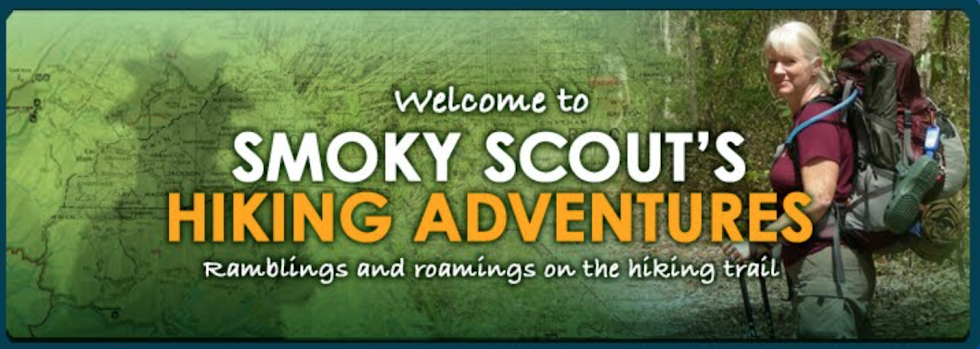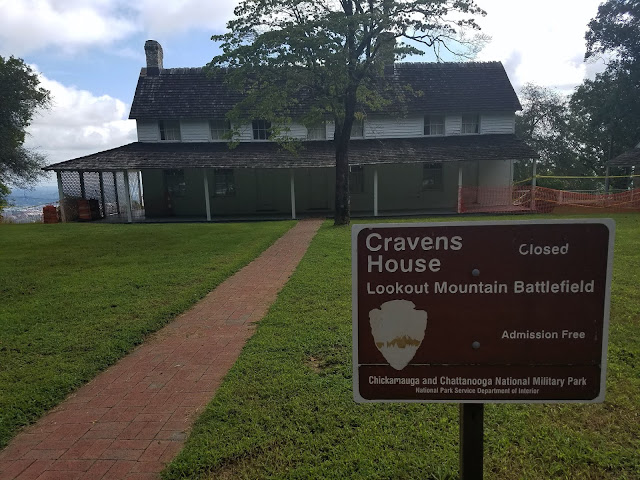Tahoe Rim Trail: Day 1 – Highway 50 to Susie Lake – 8/13/21 - 11 miles
The Caldor fire started southwest of Lake Tahoe on 8/14/21, the day after we began our thru-hike attempt, and as of this writing (8/31/21) it has burned nearly 200,000 acres with about 20% containment. Echo Summit, our starting point, suffered damage and the fire continues to move northeast.
Last year my hiking buddy Carol and I pulled the plug on our planned John Muir Trail section hike because of COVID-19 concerns, then watched the news as wildfires in California pushed people off the trail. As summer 2020 waned, fall passed, and winter set in, we concluded that the JMT might have been a little more than we bargained for anyway. [Big sigh of relief from my husband who has faith in me but was concerned about the altitude challenge.]
Carol proposed the Tahoe Rim Trail as an alternative for 2021, more mileage but less elevation and less remote, meaning we could walk into civilization every 3-4 days for food resupply and a cheeseburger. Plane tickets and wilderness permits, other logistics, food prep, gear testing and shakedown hiking commenced.
Lake Tahoe is the largest subalpine lake in North America, 22 miles long, 12 miles wide, and an average depth of 900 feet. The state line dividing California and Nevada bisects the lake. The Tahoe Rim Trail (TRT) traces the rim of the Sierra Nevada mountains, encircling the lake for 170 miles.
Wildfires were again in the news in the weeks before we headed west, the conditions at Lake Tahoe changing hourly. Smoke blowing across the Tahoe Basin produced dangerous air quality conditions and we got familiar with purpleair.com. A phone conversation a few days prior to departure: Should we go or should we pull the plug (again)?
Yes, let’s at least go and see and be prepared to get off the trail at any time. We put on our rose-colored glasses and flew to Reno, where we spent a hotel night. The next night we stayed at friends of Carol’s, who hosted us in fine fashion on the shores of South Lake Tahoe. (Those two nights at increasing elevation helped a lot with acclimatization.)
Laura drove us to our starting point near Echo Summit. It was 9:00 a.m. My trailhead jitters were running high and I insisted on starting from Highway 50 rather than a more remote trail crossing, in case we got into trouble at our finish line – ha! That was optimistic!
At the Highway 50 crossing, two backpackers were waiting for a ride. They had just finished the section that we were starting and we high-fived to pass the baton. Finally on our way!
I glimpsed vacation houses through the trees, giving me a sense of safety that we had not immediately passed into a land of no return. My trail jitters began to subside. We said hello to massive Jeffrey pines, Ponderosa pines, and wolf lichen.


Wolf lichen’s yellow-green luminescent color catches the eye everywhere in the forest.
It became my touchstone for the TRT.
Carol had the Guthooks app for the TRT on her phone and I carried paper maps and Erik the Black’s TRT Pocket Atlas, which I consulted about every 7 minutes during our hike. We frequently checked them both to see what was coming next. Apparently sticking my tongue out helps me concentrate.
Hurray! Our first break at Echo Lakes! Other backpackers came through, taking a break after being out for days. We've been out for an hour and probably look more tired than they did.
The warmup was over and we’re hiking in the Sierra Nevada Mountains, passing Lower Echo Lake with charming vacation homes hugging its steep sides and Upper Echo Lake where the ferry delivers dayhikers wearing sandals and smiles and smelling of soap.
I have felt this way at the beginning of many (most) backpacking trips.
Once we were over the hump, we welcomed the gentle descent to Lake Aloha, which is captivating with its granite shores and hundreds of rock islands strewn like giant pearls in the water. Tents were tucked into little spaces between boulders and we saw people swimming between islands.
The point on the far left is Pyramid Peak.


We filtered water at Lake Aloha and I drank a liter as we sat on the shore. Three more miles to go to Susie Lake where we planned to collapse – I mean camp – for the night. We tramped slowly across more boulder fields, occasionally interrupted by dirt tread. We were now out of range of dayhikers and didn’t pass anyone else on our way to Susie Lake.
Carol kept us entertained with the Seek app for identifying flowers and foliage, mosses, and shrubs. Let's take a break and look at some flowers.

The trail skirts the lake on a high talus ledge.
This magnificent tree defying gravity on the shoreline of Heather Lake is a contender for my favorite feature of our entire adventure on the TRT. I can’t definitively identify it because my photo isn’t sharp enough to distinguish the foliage – it is either a Sierra juniper (my best guess) or a bristlecone pine. Whatever she’s called, I would do this hike over again simply to sit in her shade for a little while longer.
Carol and I were about out of gas when Susie Lake appeared through the trees. We scouted for a site large enough for two tents with a lake view, more difficult than you would think because of boulders and trees and steep embankments. We ended up with a comfortable site out of sight of the lake but near the outlet (where water flows out of the lake).
It was 6:00 p.m. We'd hiked 11 miles in 9 hours.
With the packs off our shoulders, we floated weightless around camp. Our tent sites were perfectly flat from eons of use and the dust flew as made ourselves at home. I was clumsy with fatigue as I got my tent up and put my gear inside. We sat by the creek, filtered water, and washed off the day. The small cascades made a cheerful, soothing, it’s-all-gonna-be-okay sound.
Although I didn’t have an appetite (as usual when backpacking) I cooked and ate my dehydrated supper, then took a long time to get my food organized in my small bear canister. I obstinately refused to carry a full-size canister, which would have required me to buy a larger backpack, so I was trying out the smaller and lighter weight Bare Boxer in hopes that it would hold 3 days’ worth of food. It might have been sufficient if I had eaten everything I carried for the first day, but toothpaste, sunscreen and lip balm all have to go into the canister at night, and trash takes up more space than you think.
I had to throw myself on Carol’s mercy to put some stuff into her (sensible, full-size, self-sufficient) canister for the night. She graciously allowed it with no I-told-you-so’s. Lesson learned. (But I still recommend the Bare Boxer for weekend trips!)
We reviewed our maps and adjusted our plan for the next day to push a little further (dear Lord, how are we going to survive that??) This is a great example of how well Carol and I work together, talking through options. It's important to be flexible and trust your hiking partner's judgment.
We saw a few folks pass quietly through but no one camped within sight or sound of us. We were in our tents before dark and I wrote notes of the day. It was a warm night and I second guessed the clothes I’d brought for cool weather – will I need them at some point?
Final notes to myself before my eyelids fell shut: “This campsite has ended the day on a good note. Will it help me tomorrow when we face a huge climb over Dick’s Pass (2,000 feet in 4 miles with no relief)? I hope I can pace myself slow and remember that it will be better on the other side…The creek sounds lovely tonight.”
“Anything I've ever done that ultimately was worthwhile...
initially scared me to death.”
~Betty Bender

































































